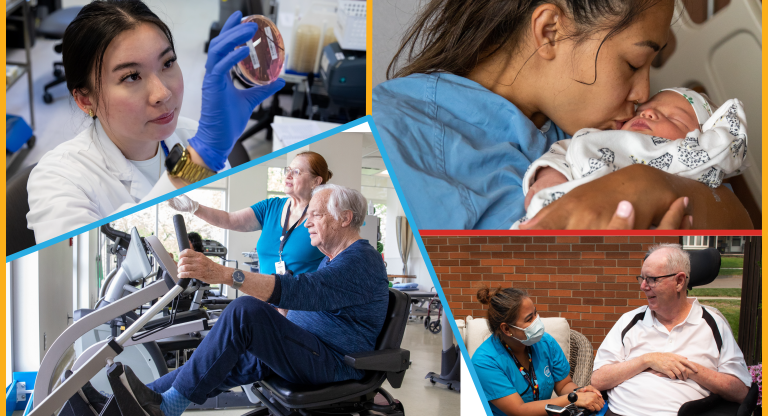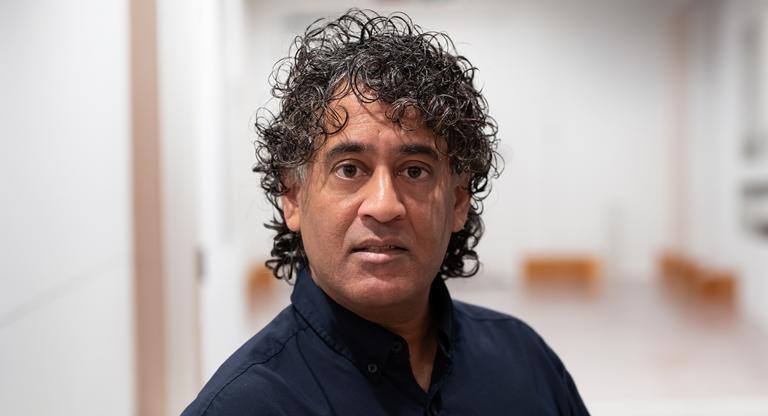New study reveals doctors in Canada are paid less for surgeries on women

Surgeons in Canada receive less payment for procedures done for women than they do for comparable procedures on men, new research has found.
The study, published by physicians from Sunnybrook Health Sciences Centre and Mount Sinai Hospital, part of Sinai Health, in the Canadian Journal of Surgery, found that doctors are paid on average about 28 per cent less for procedures on female patients. The study focused on gynecological and urological procedures.
Here, authors Dr. Michael Chaikof, an obstetrician and gynecologist from Sunnybrook, and Dr. Colleen McDermott, Head of the Division of Urogynecology at Mount Sinai, answer some questions about the study and what it means.
What did this study set out to do?
Michael Chaikof: There is a well-known gender pay gap in medicine. There is a lot of literature documenting that women in medicine are paid less than men — even when accounting for years of service, parental leave and all sorts of other factors. We wanted to take this a step further and answer the question: is there a pay-gap when we consider the sex of our patients?
Colleen McDermott: The idea behind this study came from research that showed male physicians receive a higher compensation than female physicians on average. We wanted to further explore this disparity by concentrating on the intersection between physicians’ pay and patient gender on a national scale.
So, what did you do for this study?
CM: We matched up procedures that were similar in the fields of Urogynecology and Gynecology. The pairing of procedures was based on various factors such as the time and level of complexity needed to successfully conduct the surgery.
MC: For example, a simple skin procedure, such as a biopsy of the vulva was compared with a biopsy of the scrotum. A more complex surgery, such as removing a uterus (hysterectomy) was compared with removing a prostate (prostatectomy).
It’s important to note that for the purpose of this study, we looked at biological sex rather than gender identity, as we compared surgeries performed on patients with female genital organs (uterus, ovaries etc.) vs. male genital organs (testes, prostate etc.).
CM: After matching the procedures, we looked at the billing codes for each matched treatment across Canada.
MC: The billing code or reimbursement rate is the amount of money that the provincial governments reimburse the surgeon for performing the procedure.
What did you find?
CM: As it turned out, our hypothesis was correct in stating female surgeons are paid less than their male counterparts. For 70 per cent of the paired surgeries, the procedures performed on female patients were reimbursed at a lower rate compared to male patients. We also found that, on average, procedures conducted on female patients received a 28 percent lower reimbursement than those performed on male patients.
Were you surprised by your findings?
MC: Sadly, I would say we were not surprised. But it was really disappointing. Women’s health is undervalued.
CM: I agree. It is important to acknowledge the notion of “double discrimination” that this study identifies and calls attention to the surgical sexism that exists within health care. Double discrimination is a term that references the fact that on average, female surgeons are not only paid less than male surgeons, but are also paid less for performing surgeries on female patients.
What can we do about it?
MC: This is the first important step — putting the data out there that shows the gap exists. We can use the data to advocate for change.
This research raises the philosophical question about value of bodies, and if one body is valued more over another. This is most obvious in the example of gonadal torsion. When an ovary or a testis becomes twisted, the blood supply can be cut off and emergency surgery is needed to prevent losing the organ. Despite the fact that untwisting an ovary is a more complex procedure (the ovaries are internal organs, after all), it is reimbursed at a lower rate.
There’s also the real and practical question of how this impacts patients. Does this difference in fee reimbursement interfere with access to care? Does it impact wait times for care due to the allocation of resources for one area or another?
This data helps peel back the curtain, which is the first step in striving for equity and ultimately improving access to and quality of care for our patients.
CM: This form of discrimination is overt and has been going on for decades. Women’s health should be a valued priority in Canada, and we need to remember that women are human beings that deserve equal care in our health care system.
This article was written in conjunction with Sunnybrook Health Sciences Centre. It has been shortened from the original.












